Comprehensive Collection of Research Regarding the Sustainability of Wooden Pallets
Wooden pallets are one of the most sustainable forms of packaging available in the market. This claim is backed by numerous research papers and studies ranging from ones published by reputable industry associations to prestigious universities. The reason for the green nature of the wooden pallet is the product’s rate of recycling, durability, and multiple end-of-life recycling streams. For example, a wooden pallet can be used many times before requiring any type of repair. Once a repair is needed, a small companion stringer (link to companion stringer blog post) or staples can be enough to return the pallet to “like-new” durability and performance . Once a pallet has been repaired multiple times, and is no longer in the capacity to be restored to usable condition, it can still serve a valuable purpose as the source material for wooden fuel pellets, mulch, animal bedding, and other sustainable byproducts.
Below is a collection of research and studies that highlight the sustainable nature of the wooden pallet. We have organized our collection by the date the research was published. This collection will be regularly updated and maintained.
Report: The Life-Cycle Analysis of Wooden Packaging
Source: The Polytechnic University of Valencia, Spanish Federation of Wooden Packaging and Components (FEDEMCO)
Year Released: 2023
Summary: The findings of this report concluded that wood is the most sustainable packaging option for fruit and vegetables. The report states that wood has a lower environmental impact across all areas, especially in terms of greenhouse gas emissions, pollution, ecotoxicity, and food safety.
Link to report highlights on Eurofruit: https://www.fruitnet.com/eurofruit/new-study-endorses-wood-as-the-most-sustainable-packaging-for-fandv/256847.article
Link to direct press release from FEDEMCO (Spanish): https://fedemco.com/2023/10/31/el-envase-de-madera-avalado-como-el-mas-sostenible/
Research: Environmental Product Declaration (EPD) for Wood Pallets manufactured in the U.S.
Source: National Wooden Pallet and Container Association (NWPCA), The Pallet Foundation, U.S. Forest Product Lab.
Year Released: 2020
Summary: The UL certified EPD released in 2020 features a full life-cycle assessment of a wooden pallet. A life-cycle assessment showcases the environmental impact of a product through each stage of its life-cycle – cradle to grave.
The findings of the EPD conclude that with proper disposal and recycling practices wooden pallets can be considered a carbon-neutral product. It also proves that repairing (reconditioning) a pallet or using harvested wood materials from tear-down pallets (remanufacturing) to build pallets is far more environmentally friendly than manufacturing a brand-new pallet.
The EPD can serve as a useful tool in comparing your own pallet operations to the industry benchmarks, along with using the research as the source for your own environmental impact calculations.
Link to NWPCA statement and resources surrounding EPD: https://www.palletcentral.com/page/epd
Direct link to full EPD: https://cdn.ymaws.com/www.palletcentral.com/resource/resmgr/industry_resources/EPD-report-wood-pallets.pdf
Direct link to Life-Cycle Assessment Report: http://palletcentral.uberflip.com/i/1310254-life-cycle-assessment-of-wooden-pallet-production
Study: Life-cycle assessment comparison of wooden and plastic pallets in the grocery industry
Source: The Pennsylvania State University
Year Released: 2020
Summary: In the Penn State study, researchers compared the long-term performance of treated wooden and plastic pallets through a detailed, cradle-to-grave life-cycle assessment, and conducted an analysis of treatments required to kill pests such as insects. They investigated and evaluated the environmental impacts of resources consumed and emissions released by wooden and plastic pallets throughout their life cycles.
The conclusion of the study was that wooden pallets are slightly more environmentally friendly and sustainable than those made of plastic.
Link to press release announcing the findings: https://www.psu.edu/news/research/story/wooden-or-plastic-pallets-which-are-more-eco-friendly/
Direct link to study: https://pure.psu.edu/en/publications/life-cycle-assessment-comparison-of-wooden-and-plastic-pallets-in
Research: Disposal and Recovery of Wood and Wood Packaging in the United States
Source: Virginia Tech
Year Released: 2018
Summary: This study was independently conducted at Virginia Tech over the course of two years and concluded that 95% of wooden pallets in the United States are recycled. Both municipal and solid waste (MSW) and construction and demolition (C&D) landfill facilities were surveyed to better understand how pallets were being handled at these facilities.
Link to press release announcing the findings: https://www.palletcentral.com/news/393334/Study-Shows-95-of-Wooden-Pallets-are-Recycled.htm
Direct link to research supporting the findings: https://vtechworks.lib.vt.edu/bitstream/handle/10919/84346/Shiner_ZP_T_2018.pdf?sequence=1&isAllowed=y
Model: EPA Waste Reduction Model (Warm)
Source: United States Environmental Protection Agency
Year Released: 1998, latest update (Version 15) released in September 2022.
Summary: EPA created the Waste Reduction Model (WARM) to provide high-level estimates of potential greenhouse gas (GHG) emissions reductions, energy savings and economic impacts from several different waste management practices.
GHG savings are calculated by comparing the emissions associated with managing materials under an alternative scenario with the emissions associated with the user’s baseline scenario (i.e., current practices), as opposed to simply multiplying the quantity of materials managed by an emission factor.
While pallets are not a material listed in the WARM model, a close substitute is – dimensional lumber. For many years the pallet industry has been using the WARM model (based on dimensional lumber) to calculate carbon emission savings from pallet recycling. While there is more specific research available to the pallet industry since the release of the EPD in 2020, pallet recyclers are still using the WARM model due to how easy it is to apply to pallet recycling operations and get a number. However, just because the number produced does not mean it is accurate and definitive. Because the model is based on dimensional lumber and not pallets specifically, it is not 100% accurate.

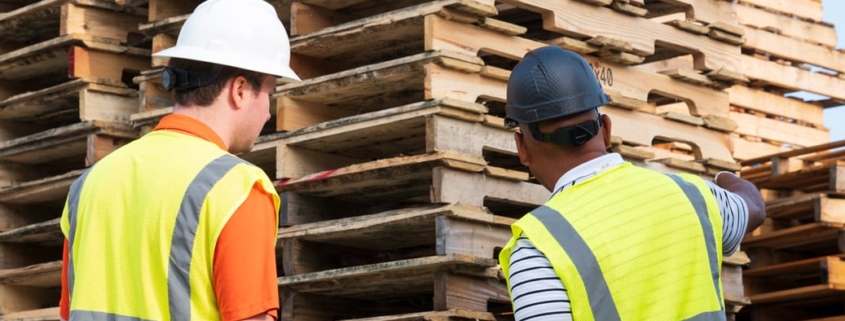


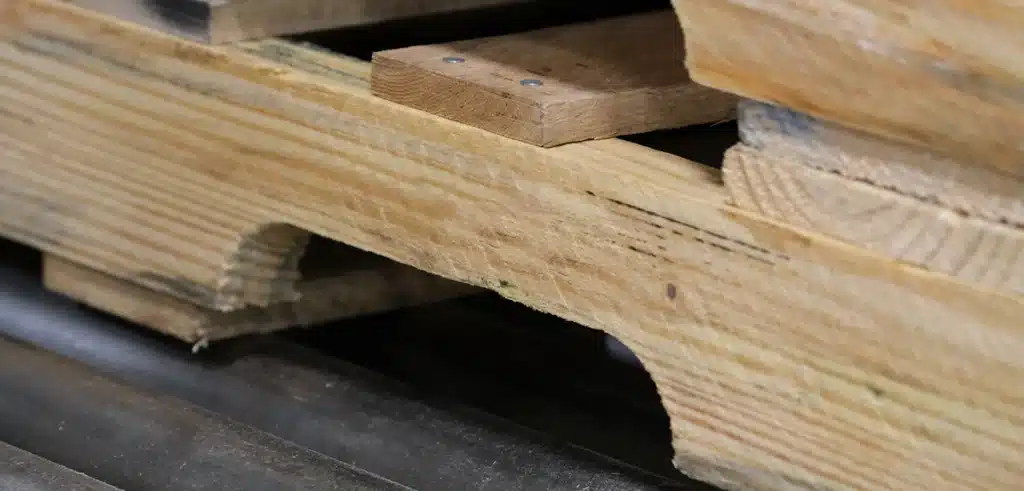
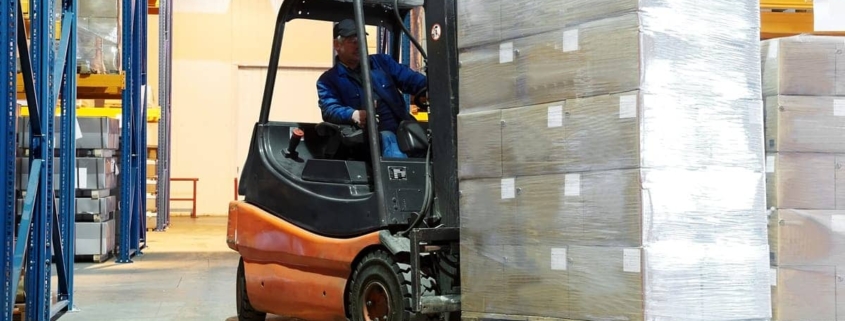
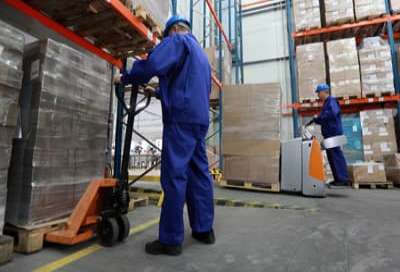 Plain Pallets is now an Austrade listed supplier.
Plain Pallets is now an Austrade listed supplier.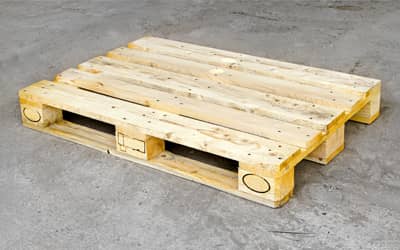 Plain Pallets can supply pallets that meet Australian and international standards.
Plain Pallets can supply pallets that meet Australian and international standards.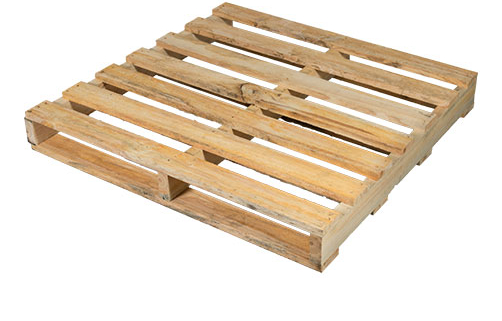
 Plastic pallets
Plastic pallets Wood pallets
Wood pallets